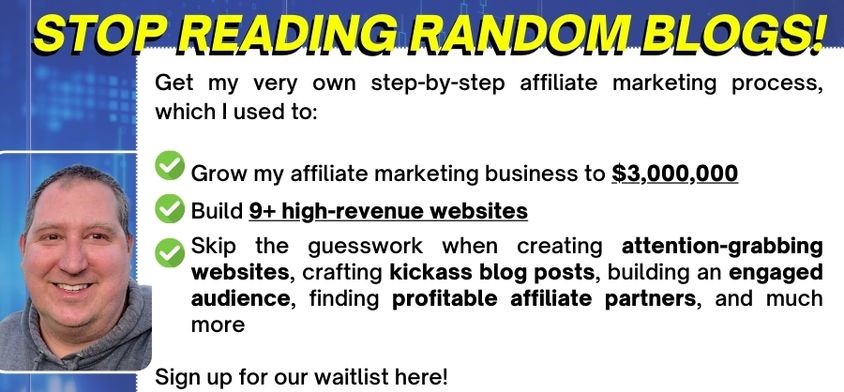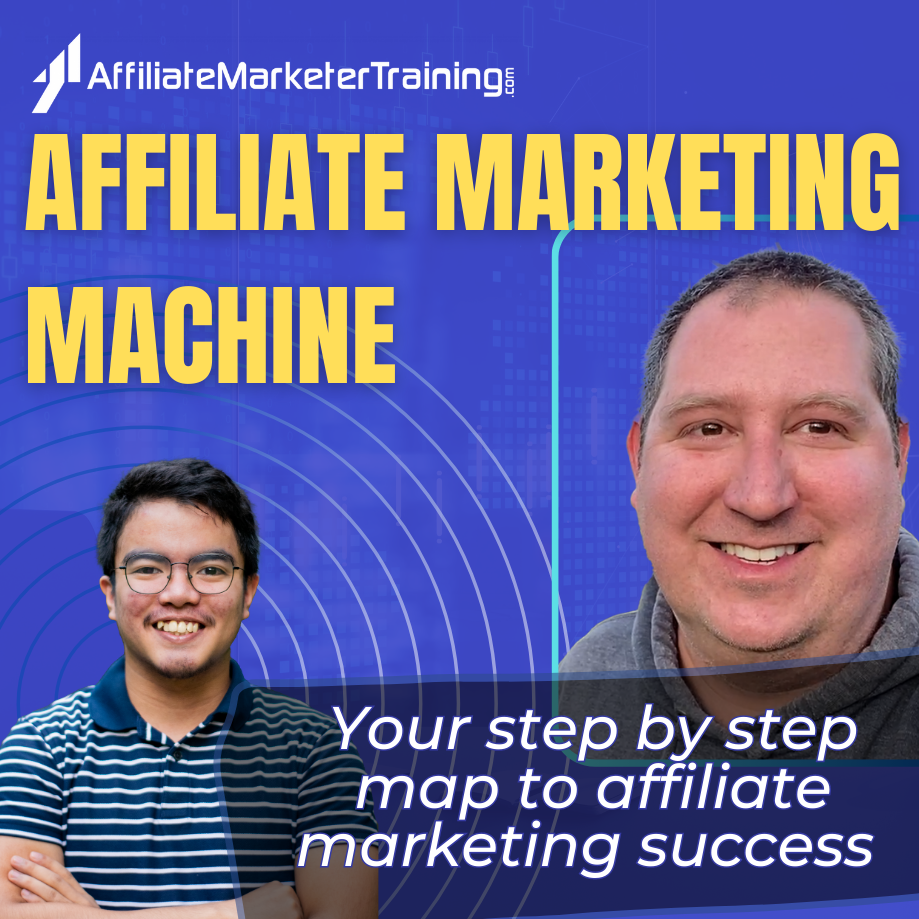Facebook is the world’s most popular social media platform. There is little argument that any of the other social-media platforms available, regardless of their own popularity, can match the reach of Facebook. Twitter and LinkedIn are used around the globe, just like Facebook. However, with the number of users on Facebook in the billions, globally, Twitter, LinkedIn, and Google+ lack the power to reach as many potential consumers.
As a result of its popularity, any tools that Facebook rolls out for businesses and webmasters to use to promote their services becoming instantaneously popular. However, success with Facebook Ads isn’t as simple as establishing an account and crossing your fingers. There are a number of key factors that you should follow to help optimize your ads on Facebook. In this post, we’ll discuss some of those key factors and help guide you to success on Facebook in the process.
Focusing on the Wrong Metrics
When it comes to measuring the success of marketing and advertising campaigns, many webmasters turn to the standard metrics when gauging the success of their efforts. These typical metrics include click-through rates (CTR), clicks, cost-per-impression (CPM), cost-per-click (CPC), reach, and impressions.
These metrics are often good at determining the success of your marketing campaigns, but they should not be your sole focus. More importantly, Facebook is a different environment. As such, the metrics you use to gauge the success of your campaigns should be adjusted. When you use Facebook ads, the key factors to success expand beyond clicks and impressions. Most webmasters use the platform to achieve specific goals.
Key Factors to Facebook Ads
As you assess the viability of your ads on Facebook, you need to consider these factors instead:
- Actions
- Cost-per-action
- Spend
- Frequency
- Revenue
Before you start an ad campaign on Facebook, you need to have a specific result in mind. Are you trying to gain more followers, generate likes, or increase traffic to your website? Examples of other specific actions include link clicks, video plays, shares, app installs, and RSVPs to an event. Narrow the focus of your ads before launching a campaign with no clear focus.
For each of these actions, there is going to be a cost. As your campaign gets underway, you need to monitor the cost-per-action closely to determine which ads generate which actions. Is an ad that generates 30 actions really more successful than the one that generates 25? The success depends upon the value of the action completed and the cost to encourage that action. Assuming your ads create actions, now it’s time to focus on spend.
Determining The ROI Of A Facebook Ad
As Facebook users interact with your business and generate revenue, you’ll be able to see which of your ads are providing the strongest return-on-investment (ROI). This allows you to adjust your spending based upon the ability of certain ads to boost ROI.
The frequency of your advertisements on Facebook is crucial. Newsfeeds can become cluttered throughout the day, making the frequency of posts an important factor to keep in mind. For example, if your consumers follow a lot of services in your niche, your one post of the day can easily get lost in the shuffle as news events continue to pop up through the day. Conversely, you don’t want to be viewed as a spammer for sending out the same message continuously throughout the day.
Lastly, in order to measure your revenue, you’ll need to view your Facebook Ads reports. Learning to read these ads and use that information to analyze your success will allow you to tailor your ads to the users you hope to target on Facebook.
Now that we’ve discussed some of the key factors to Facebook Ads, what are some of the steps you can follow to establish a good Facebook ad campaign? What important factors do you need to keep in mind during this process?
Key Factors to a Successful Facebook Ad
First and foremost, if you don’t have a separate Facebook page for your business, you need to get one. Using a personal profile to send your business messages and ads online is not an ideal approach to take. The biggest pitfall you’ll encounter doing so is the mix of personal and professional messages. With a business page for your brand, you can access both your page and ad manager with the same email address.
With a page established, it’s time to prepare the elements you’ll use in your ad campaign. As you compile the message and images you want to use, take some time to test various combinations of text and images to find the mixture that generates the most interest. Newsfeeds ads are the most popular choice in Facebook advertising, but keep in mind that you’ll have to tailor your message to fit the Newsfeed. Follow these tips to create effective messages:
- Above the fold: Ensure that your main offer, the solution, and contact information (email, social media, or phone number) appear above the fold. You get five or six lines of space to use before viewers have to hit the “Read More” button. Get your main points across above the fold.
- Below the fold: Everything after line five can only be viewed once users voluntarily select to read more. This should include additional information and relevant details about your offer/product/service, as well as a strong call-to-action.
Finally, Social Media Examiner has in-depth information about establishing and managing Facebook ads, but there are a few final notes we can pass along in this post. Before your launch your campaign, make sure your images are 600 x 315 pixels. This ensures that they are easily viewed across multiple platforms (smartphone, desktop, and tablet) without users having to look at pixelated images.
Additionally, keep your campaigns straight by assigning a campaign ID to each of the advertisements you create on Facebook. It will make it easier for you to manage them and ensure that the right ads go out to the right target consumers at the right time.


